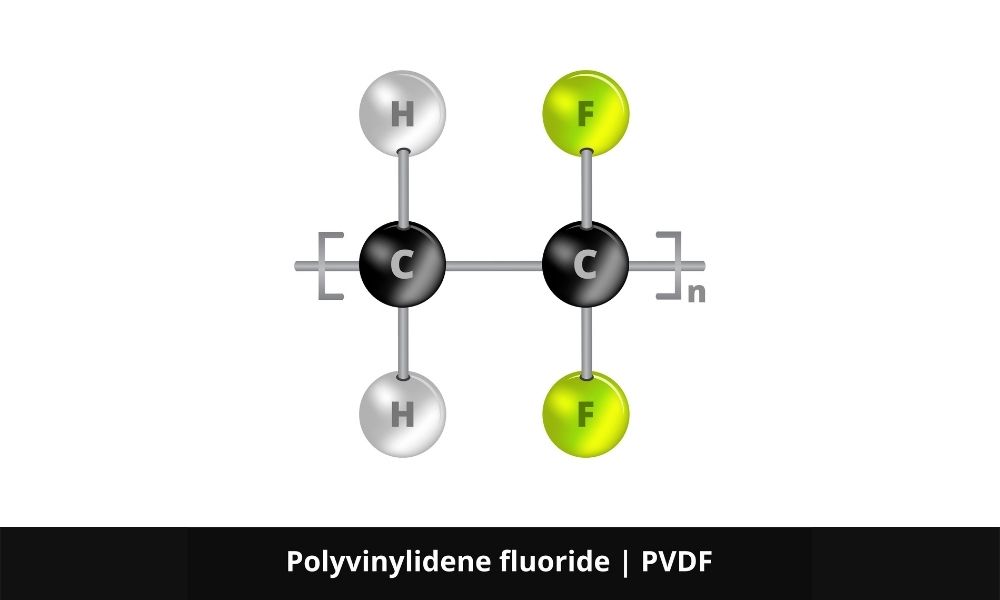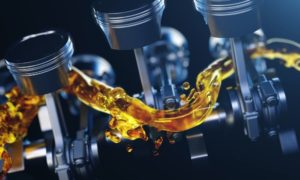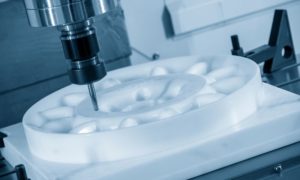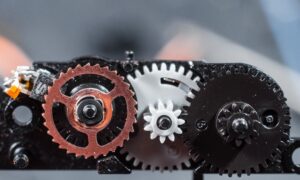You may have never heard of Kynar plastic, and that’s because its specific title was made to rename something else entirely. Kynar plastic is known in most circles as PVDF plastic, or polyvinylidene difluoride. We will discuss in further detail all there is to know about Kynar plastic as we come to understand it.
The Properties of Kynar
Kynar or PVDF, as it is formally known, has many attributes that set it apart from other competitor polymers out on the market. Its strength alone is a factor worthy of looking at. Kynar is highly durable to most wear and tear and is even resistant to abrasions. It also sports a low permeability, so it’s resistant to most liquids. And as an additional bonus, Kynar is also recyclable.
Chemical Resistance of Kynar
One of the greatest traits that PVDF plastics have is that they do not melt easily. This is even true when tested against other chemical compounds. Only at a certain temperature range does Kynar become susceptible to any kind of organic solvent. Esters and amines can dissolve Kynar, but only if it is heated to its melting point.
Electrical Properties of Kynar
In recent years, PVDF has seen use in wiring certain applications. The plastic compound has a high dielectric constant and dissipation factor, both of which play into key characteristics that are needed for electrical work. From film made from PVDF to plastic products manufacturing, certain electrical applications have been created by applying a high voltage to the plastic and inserting metal between the film to create a product that can generate a high voltage on its own by means of being heated, stretched, or compressed.
There are many ways that Kynar plastic benefits the world, and more is being discovered about it every day. We may not know all there is to know about Kynar plastic yet, but we are researching the compound and coming to understand it better every day.




